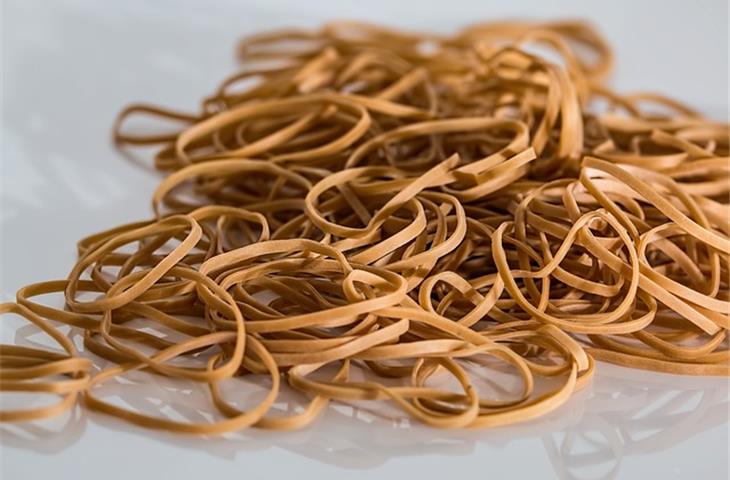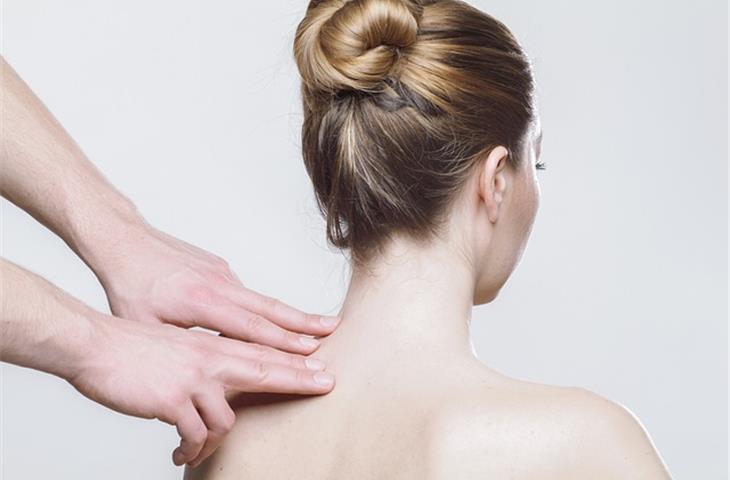Synthetic skin rubber, often referred to as imitated skin rubber, has emerged as a revolutionary material in multiple sectors, including style, healthcare, and transportation. This groundbreaking material replicates the surface and look of genuine skin, offering numerous benefits over classic rubber. In this article, we will delve into the fascinating world of Synthetic skin rubber, exploring its uses, benefits, and the evolving market trends.
1. premium Simulated Skin

Synthetic skin rubber is designed to closely replicate the real surface and stretchiness of genuine skin. This premium simulation is critical in industries where a genuine contact is critical. From artificial limbs to engaging autonomous systems, this material offers an genuine tactile sensation, improving the person's engagement with the item.
2. sanitation and security

One of the principal benefits of synthetic leather is its sanitary attributes. Unlike organic skin, this composition quickly sterilized, rendering it perfect for healthcare appliances and implements. Its nonporous characteristic prevents the bacterial proliferation and other microbes, guaranteeing a secure and aseptic space for customers and medical staff.
3. personalization and Design plasticity

The ability to customize synthetic leather is a notable demand in the industry. This composition can be tailored to meet specific aesthetic specifications, offering a vast variety of assortment of colors, textures, and thicknesses. This plasticity makes it a preferred choice for producers in the style, automobile, and interior decoration industries.
4. ultralight and Durable
synthetic leather is a ultralight composition, making it simple to manage and set up. Its sturdiness ensures enduring operation, even under extreme circumstances. This combination of ultralight and sturdiness makes it an ideal choice for various applications, from sporting goods to aeronautics parts.
The Progress of Artificial Leather:
Throughout the years, the artificial leather sector has witnessed considerable improvements in technology and production methods. This has led to the creation of more life-like and superior quality materials, serving varied market needs. Let's take a detailed examination at some of the main developments determining the direction of fake skin rubber.
Trend One: Environmental friendly manufacturing
As ecological worries continue to grow, the artificial leather sector is growing emphasis on Environmental friendly manufacturing methods. This includes the employment of eco-friendly materials and energy-saving production techniques. By embracing green practices, the industry aims to reduce its carbon emission and promote ecological sustainability.
Trend Two: Advanced 3D Printing Techniques
The advent of 3D printing technology has opened new frontiers for the artificial leather sector. This innovative technique allows for the creation of complex and customized designs, offering limitless possibilities for manufacturers. With 3D printing, the industry can produce complex designs, surfaces, and forms that were previously unattainable.
Trend 3: Integration with Smart Technologies
The integration of fake skin rubber with smart technology is another emerging trend. By integrating detectors and electronic parts into this material, manufacturers can create smart products that respond to touch, force, and heat. This integration has applications in robotics field, healthcare equipment, and consumer electronics devices.
Applications of Fake Skin Rubber:
The adaptability of fake skin rubber makes it an important material across various industries. Let's explore some of its key applications:
1. artificial limbs and corrective devices
Within the medical realm, fake skin rubber is used to create realistic artificial limbs and corrective devices. This material provides a agreeable and natural sensation for patients, improving their life quality. Its sanitary characteristics also ensure that these devices stay safe and free from infections.
2. Robotics and Automation
The emergence of robotics and automation has fueled the demand for synthetic skin rubber in the industrial sector. Robots equipped with this material can engage with humans more efficiently, providing a more natural and intuitive UX (user experience). This technology has applications in production, medical care, and client support.
3. style and home design
The style and home design industries have also embraced synthetic skin rubber, leveraging its distinctive characteristics for innovative designs. From lifelike fabric textures to forward-thinking furniture materials, this material offers endless possibilities for designers and manufacturers.
4. car industry
The car industry utilizes synthetic skin rubber for multiple uses, including vehicle interiors, sitting surfaces, and control panels. This material provides a elegant sensation and improves the complete appearance of vehicles. Its sturdiness ensures that these components remain in excellent state over time.
Synthetic leather has transformed our interaction method with substances, provideing considerable advantages throughout multiple sectors. As innovation keeps on to progress, we can expect more advancements within this area, presenting opportunities for creatives, producers, and consumers. By embracing the flexibility and capacity of Synthetic leather, we can expect to a time ahead loaded with with groundbreaking and excellent items.
